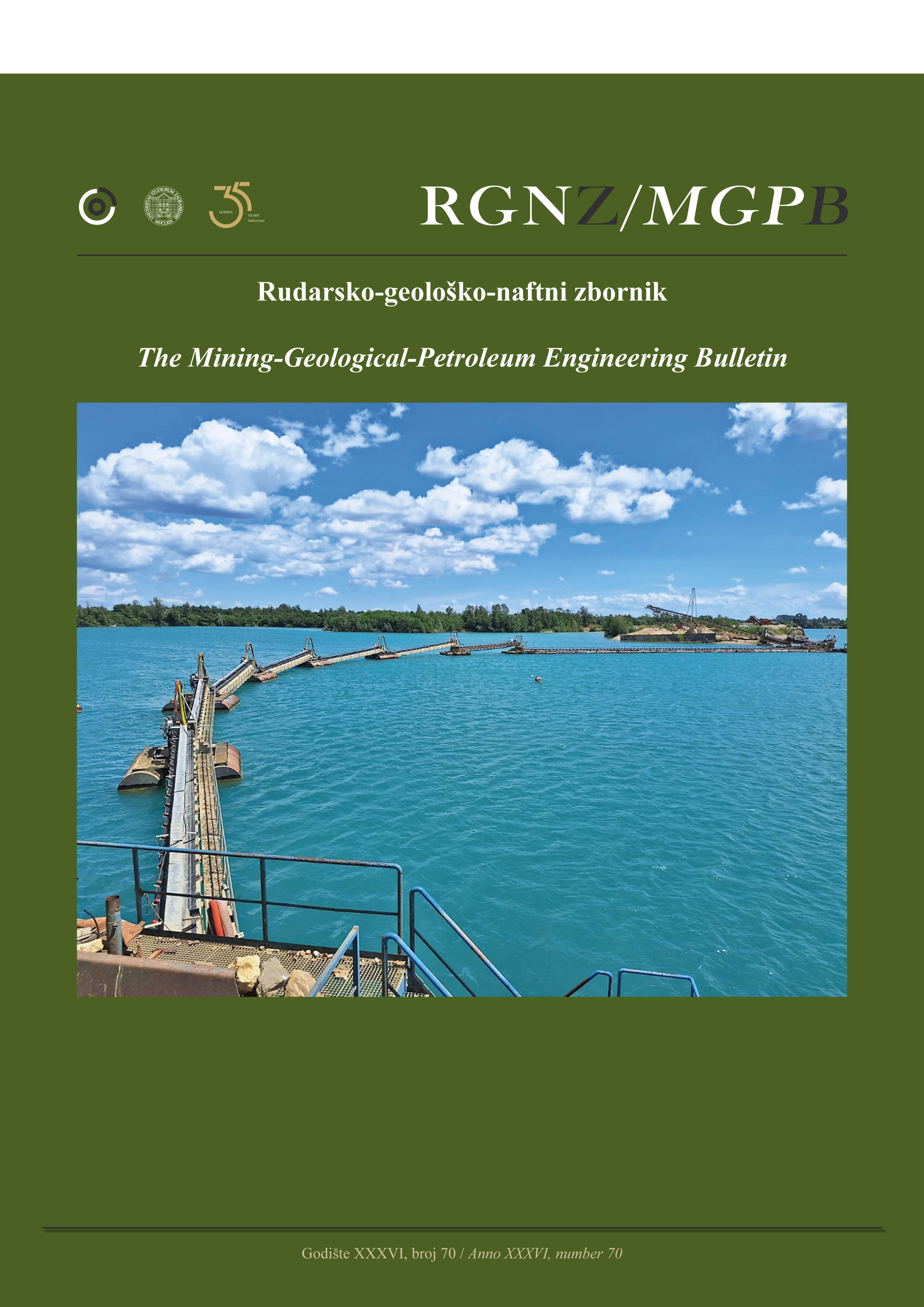Numerical analyses to observe the performance of a monumental building at the University of Bengkulu, Indonesia
DOI:
https://doi.org/10.17794/rgn.2024.4.3Keywords:
amplification factor, building performance, PGA, seismic response, retrofittingAbstract
The Integrated Laboratory Building of Political and Social Science Faculty, located in a seismic-prone area, has been the subject of a comprehensive study of its performance using seismic response analysis. This research has yielded significant findings, gathering crucial secondary data, such as soil layers, bedrock depth, building structure, and earthquake wave information. The seismic response analysis, conducted by referencing the synthetic earthquake wave from the Bengkulu–Mentawai earthquake in 2007, with a magnitude of Mw 8.6, has provided a comprehensive overview of the earthquake waves at the foundation soil layers. The data, analysed using the finite element method to understand the structural response, revealed that the Peak Ground Acceleration (PGA) and amplification factor at the surface soil layer are 0.220g and 1.429, respectively. The most critical PGA and amplification factors at the foundation soil layer are 0.147g and 0.955. Structural analysis has revealed internal forces and beam elements experiencing over-strength, necessitating retrofitting the affected structural elements to reduce the impact. One practical and highly effective method of retrofitting involves increasing the beam dimensions by 53.12%. With retrofitting, the impact of structural deformation can be minimised, enhancing the building's resilience in case of an earthquake of equal or greater magnitude. These findings underscore the importance of our research and highlight the significant role of engineers, architects, and researchers in ensuring the safety and longevity of structures in seismic-prone areas.
Downloads
Published
How to Cite
Issue
Section
License
Copyright (c) 2024 Lindung Zalbuin Mase, Salsabhila Isdianty, Khairul Amri

This work is licensed under a Creative Commons Attribution 4.0 International License.
Creative Commons-BY
Authors who publish with this journal agree to the following terms:
In agreeing this form, you certify that:
- You read the ethical codex of the RGN zbornik available at journal web.
- You submitted work is your original work, and has not previously been published and does not include any form of plagiarism.
- You own copyright in the submitted work, and are therefore permitted to assign the licence to publish to RGN zbornik.
- Your submitted work contains no violation of any existing copyright or other third party right or any material of an obscene, libellous or otherwise unlawful nature.
- You have obtained permission for and acknowledged the source of any illustrations, diagrams or other material included in the work of which you are not the copyright owner.
- You have taken due care to ensure the accuracy of the work, and that, to the best of your knowledge, there are no false statements made within it.
- All co-authors of this submitted work are aware of, and in agreement with, the terms of this licence and that the submitted manuscript has been approved by these authors.
Publication licence
You retain copyright in your submitted work, according to journal license policy (CC-BY). By signing this form you agree that RGN zbornik may publish it under the publication licence. In summary the licence allows the following:
Anyone is free:
- To copy, distribute, display, and perform the work.
- To make derivative works.
Under the following conditions:
- The original author must always be given credit.
- The work may not be used for commercial purposes.
- If the work is altered, transformed, or built upon, the resulting work may only be distributed under a licence identical to this one.
Exceptions to the licence
In addition to publishing the work printed under the above licence, RGN zbornik will also enable the work to be visible online.
The journal editorial can change the licence rules anytime but it cannot retroactively restrict author(s) rights.


